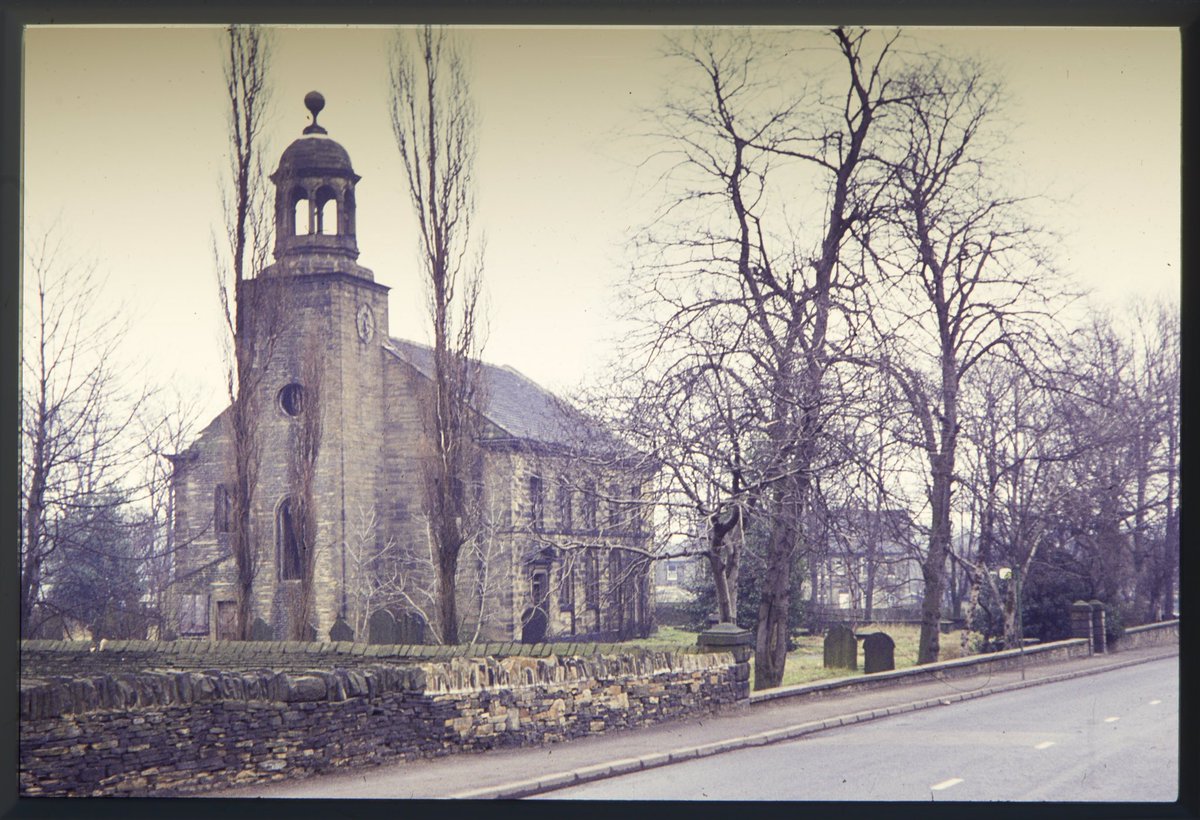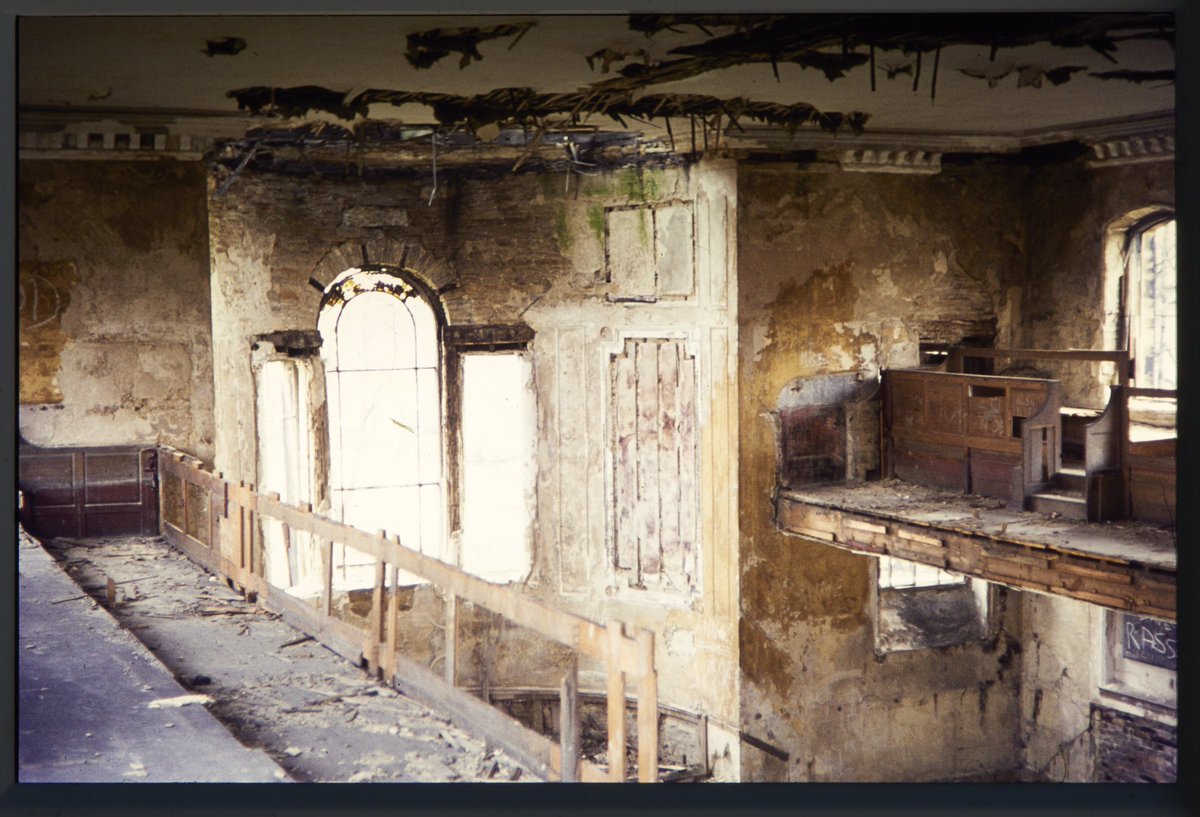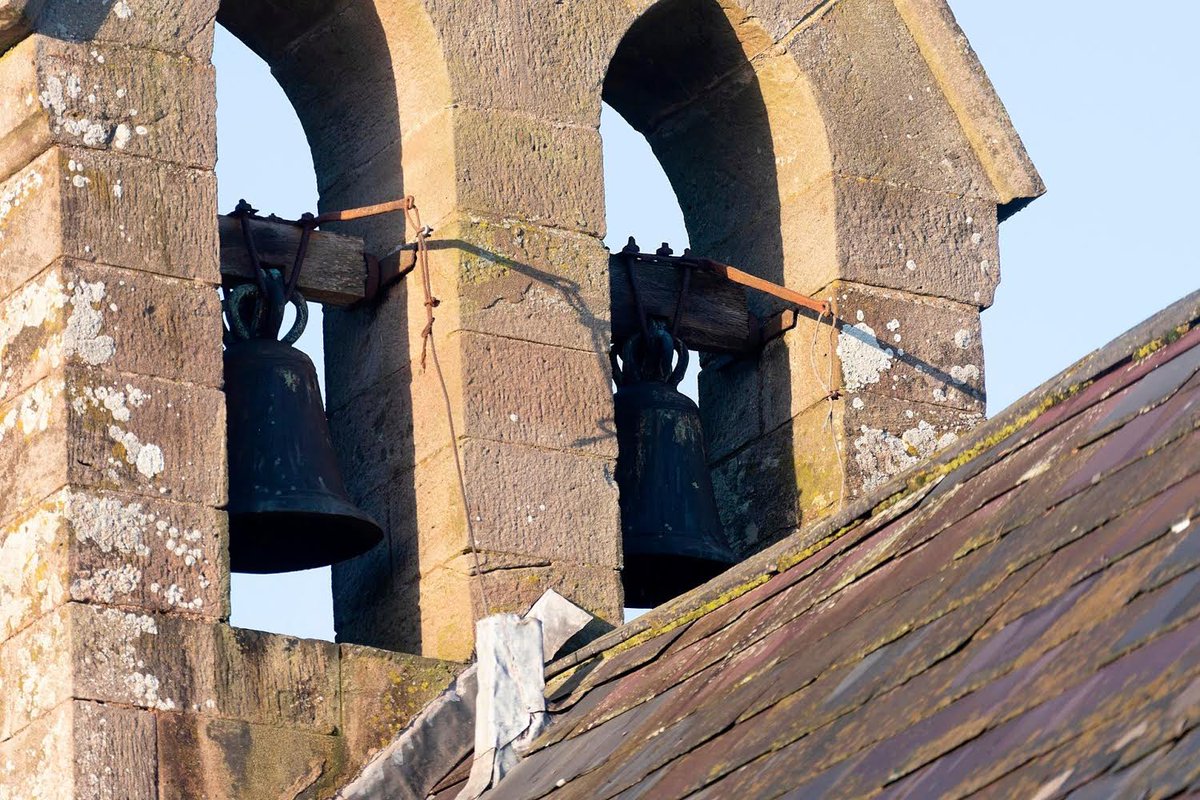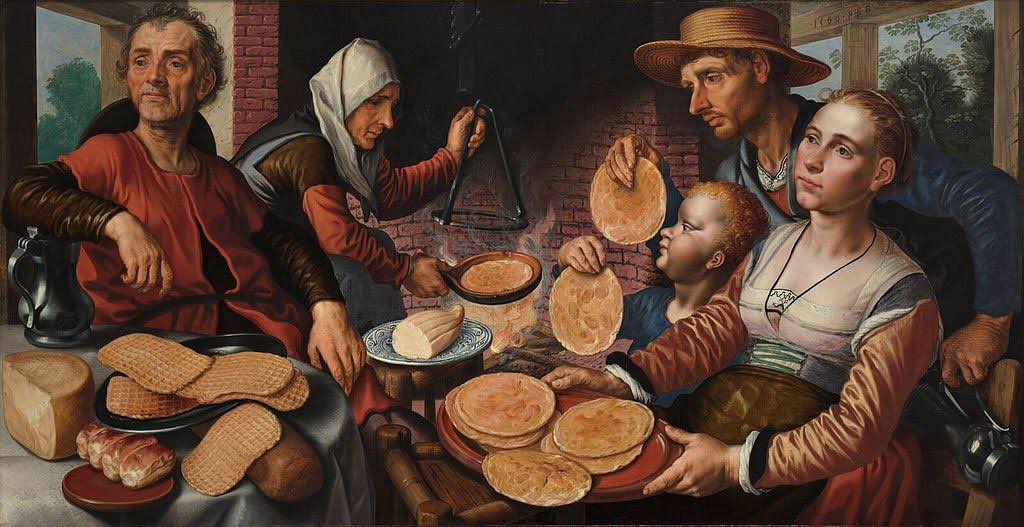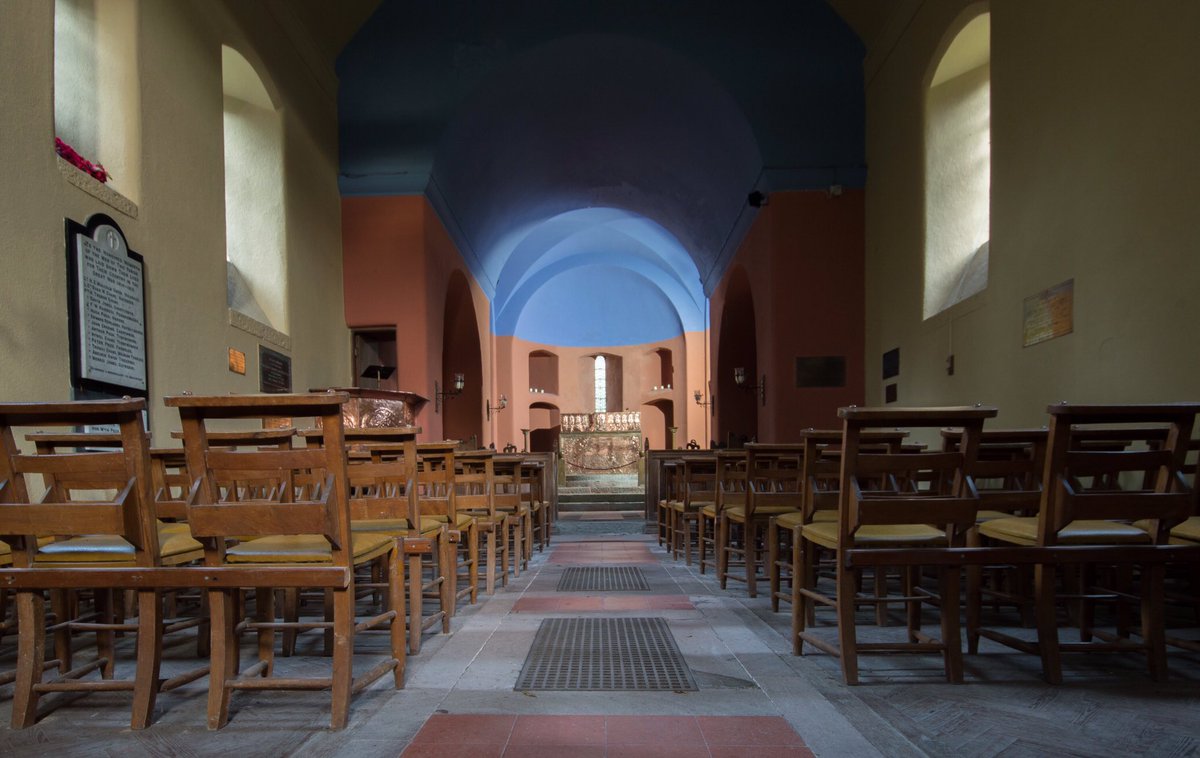
The artist John Piper was enchanted by the Welsh landscape - the coast, the craggy hills, ruined castles, ancient churches.
Piper was a founding member of the Friends. And whilst he travelled and painted throughout the UK, he had a very special love for Pembrokeshire.
#thread
Piper was a founding member of the Friends. And whilst he travelled and painted throughout the UK, he had a very special love for Pembrokeshire.
#thread

John and his wife, Myfanwy, first discovered Pembrokeshire in the 1930s. In 1962, they bought a ruined cottage at Garn Fawr. The following year, John contributed photographs to the South-West Wales Shell Guide.
2/
2/

Throughout the 1970s and 80s, he found great inspiration in Pembrokeshire's churches.
In 1985, he made this gouache and ink sketch of the interior of our church, St David's, Manordeifi.
3/
In 1985, he made this gouache and ink sketch of the interior of our church, St David's, Manordeifi.
3/

Last summer, while rummaging through the church file in the office, this photo fell out. Turning it over, we learned that it was taken by John Piper.
Could that be Myfanwy signing the visitors' book? Could this photo have been taken when Piper was painting the interior? ...
4/

Could that be Myfanwy signing the visitors' book? Could this photo have been taken when Piper was painting the interior? ...
4/


Without a date, we may never know... but as we continue to catalogue our archive, we may find more clues...
5/
5/
• • •
Missing some Tweet in this thread? You can try to
force a refresh










